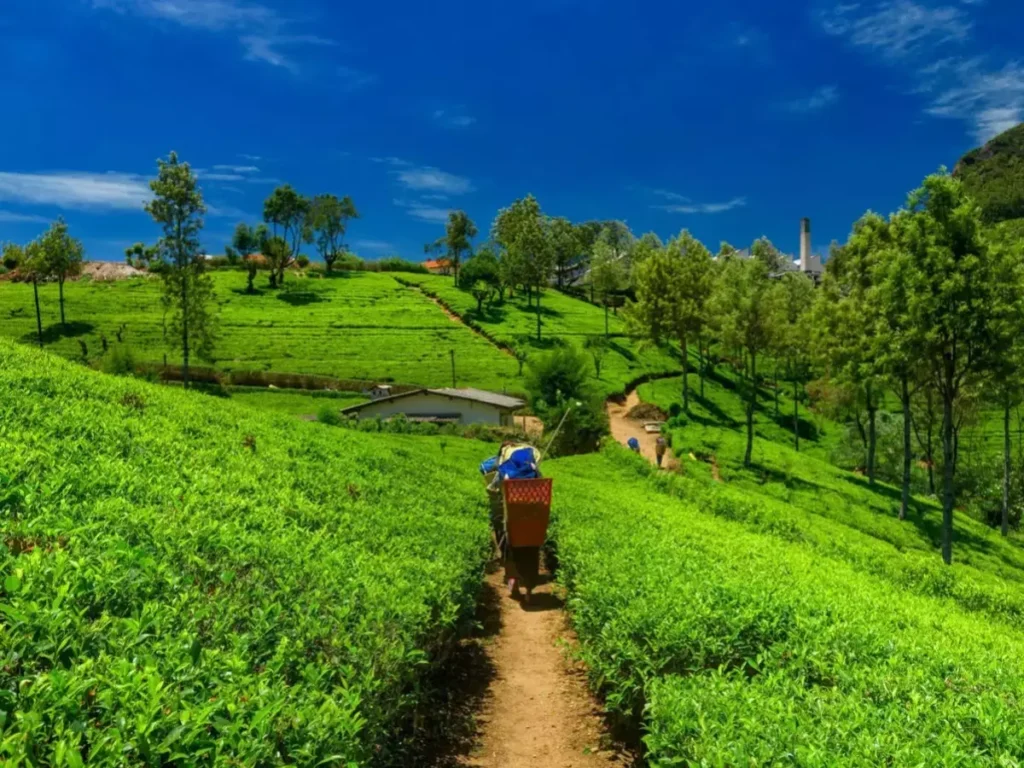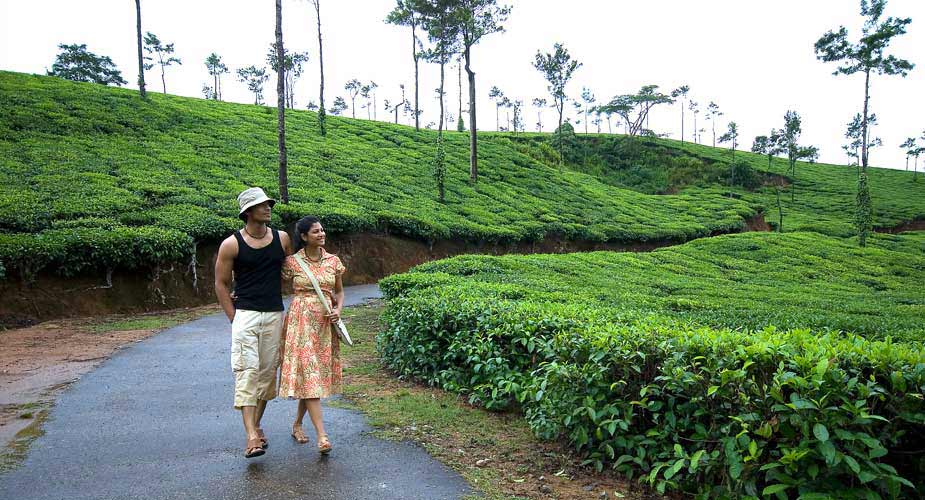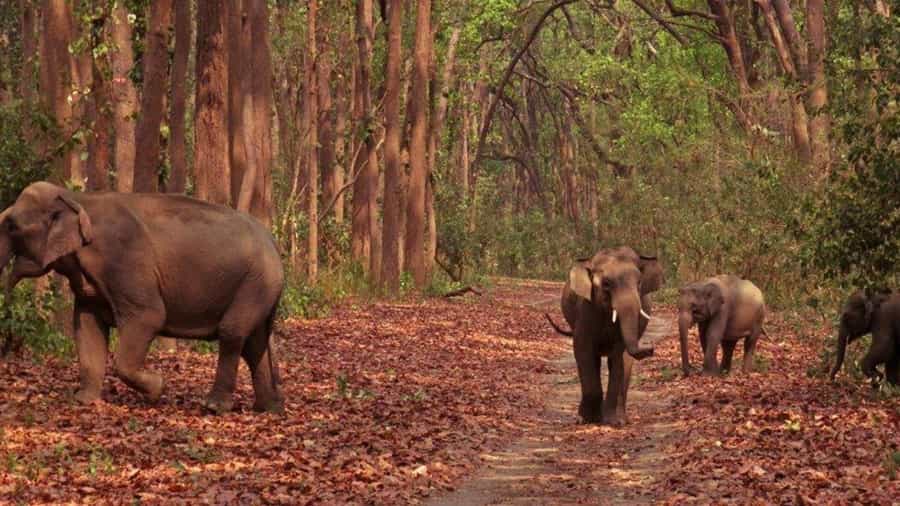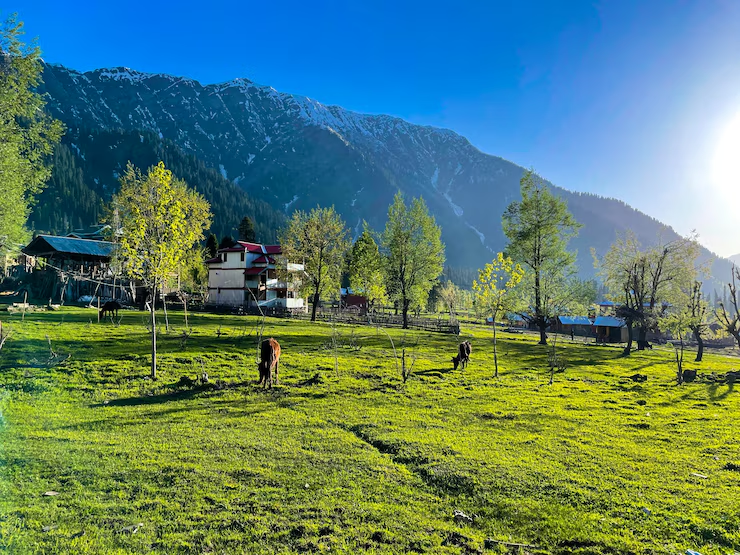In a world where conscious travel is no longer a trend but a responsibility, eco-tourism is gaining real momentum. India, with its vast biodiversity, sacred landscapes, and rich cultural heritage, is the perfect canvas for nature lovers seeking immersive, sustainable travel experiences. From high Himalayan valleys to sun-drenched islands, the country offers countless ways to reconnect with nature—without leaving a harmful footprint.
Let’s explore some of the most inspiring eco-tourism destinations in India that blend natural beauty with a commitment to preservation and community wellbeing.
Why Choose Eco-Tourism in India?
Eco-tourism is all about mindful travel—exploring nature in ways that respect local ecosystems and uplift communities. India is uniquely suited for this kind of travel. Whether you’re trekking through dense jungles, meditating in mountain monasteries, or kayaking along tropical coastlines, the country’s diversity ensures there’s something for every nature enthusiast.
Top Eco-Tourism Destinations in India for Nature Enthusiasts
Thenmala, Kerala – India’s First Planned Eco-Tourism Hub

Tucked away in the lush Western Ghats, Thenmala is more than a scenic escape—it’s a model of responsible tourism. Surrounded by verdant forests and gurgling rivers, this destination is perfect for both adventure seekers and eco-conscious travelers.
What to do:
Nature walks, forest treks, river rafting, butterfly safaris, cultural shows
Why it’s eco-friendly:
Eco-lodges made from recycled wood, solar-powered amenities, and nature education centers
Sikkim – India’s First Organic State

Sikkim stands as a global example of what sustainable tourism can look like. With its ban on plastic and chemical fertilizers, this Himalayan gem has preserved both its environment and its culture.
What to do:
Explore organic farms, hike to alpine lakes, visit monasteries, enjoy village stays
Eco credentials:
100% organic agriculture, plastic-free policies, community-focused tourism
Kanha National Park, Madhya Pradesh – In the Land of the Jungle Book

Famous for inspiring Rudyard Kipling’s “The Jungle Book,” Kanha is one of India’s most celebrated tiger reserves. But beyond the big cats, this park is a center for conservation and community-based tourism.
What to do:
Go on jungle safaris, spot rare birds, meet local tribal communities
Eco perks:
Conservation-focused tourism, wildlife education centers, locally owned eco-lodges
Mawlynnong, Meghalaya – Asia’s Cleanest Village

This picture sque village in northeast India has become a symbol of grassroots sustainability. Clean lanes, bamboo dustbins, and engaged residents make this one of the most inspiring green getaways in India.
What to do:
Hike to living root bridges, enjoy traditional Khasi homestays, explore waterfalls
Eco practices:
Rainwater harvesting, waste segregation, active community involvement in sustainability
Coorg, Karnataka – Green Hills & Conscious Coffee

Known as the “Scotland of India,” Coorg’s misty hills and sprawling coffee plantations make for an enchanting eco-tourism destination. It’s also home to some of India’s most sustainable stays.
What to do:
Birdwatching, coffee plantation tours, river rafting, nature hikes
Sustainability factor:
Solar-powered eco-resorts, organic farm visits, community-based tourism initiatives
Agatti Island, Lakshadweep – A Coral Paradise

For ocean lovers, Agatti Island is a pristine haven in the Lakshadweep archipelago. With its turquoise lagoons and vibrant coral reefs, it’s a place where marine life flourishes—and where tourism is carefully regulated.
What to do:
Snorkeling, kayaking, glass-bottom boat rides
Eco commitment:
Strict tourism rules to protect coral reefs, limited visitor numbers to reduce impact
Jim Corbett National Park, Uttarakhand – A Legacy of Wildlife Protection

India’s first national park remains a trailblazer in wildlife preservation. Corbett not only offers thrilling safaris but also promotes eco-awareness and plastic-free practices.
What to do:
Jeep safaris, forest treks, wildlife photography, eco-camping
Green efforts:
Zero plastic zones, wildlife education programs, eco-sensitive lodging
Spiti Valley, Himachal Pradesh – High-Altitude, Low-Impact Living

Remote and rugged, Spiti offers a truly off-grid experience. With its stark beauty and spiritual charm, the valley is ideal for travelers who value solitude and sustainability.
What to do:
Stay in ancient monasteries, trek mountain passes, star-gaze under clear skies
Sustainable touch:
Homestays using solar power, compost toilets, water conservation, minimal impact tourism
Eco-Travel Tips for a Responsible Journey in India
To make your trip meaningful—for both you and the environment—consider these eco-travel practices:
- Book certified eco-stays or lodges run by local communities
- Carry reusable items like bottles, cutlery, and cloth bags to reduce waste
- Support local businesses—buy handmade crafts, eat local food, and hire local guides
- Stick to marked trails and don’t disturb wildlife or natural habitats
- Use green travel apps like Good Travel or India Responsible Tourism Hub to plan your trip mindfully
Final Thoughts: Travel Green, Travel Mindfully
India’s eco-tourism landscape is as diverse as its people. Whether you’re wandering through peaceful tea plantations, spotting tigers in the jungle, or learning from tribal communities, your journey can have a lasting positive impact. Being a responsible traveler means making choices that protect the planet and empower the people you meet.
Let your adventure be more than just a trip—let it be a step toward a greener future.

